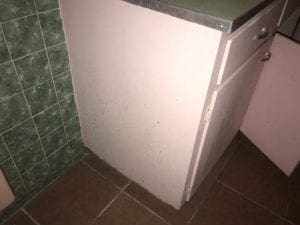Here are a few strategies to reduce the risks that mold poses to your family’s health.

Mold and organic growth is found almost everywhere in the world in some form. Molds serve an important role in nature to break down organic matter. There are multiple genera of mold or organic growth that each represent a vast number of mold species. Each of the different kinds of molds or mold species has different uses, properties and risks, most of which are still unknown and yet to be discovered.
Several of the fungi and molds found in houses produce chemicals that decompose wood, paper, and other organic materials. Some of the chemicals that molds and other organic growth produce can eventually destroy your health if left unmitigated. It is important to limit exposure to mold and its volatile organic chemicals and other products. The best strategies to reduce exposure to mold are to keep relative humidity levels of air in your home below 60% by using dehumidifiers and air conditioners; keep the home clean and free from dust; remove and kill off or treat mold; and promptly repair and remediate wet conditions that facilitate mold growth.
Mold spores and other mold fragments and allergens that become airborne, and certain other airborne pathogens such as viruses can be removed or scrubbed from the air by adding HEPA grade or similar high quality air filters at the return vents of most heating and cooling systems. A UV or ultraviolet light sanitization device can also be added at the return plenum just before the furnace and air conditioner evaporator unit. Most indoor air is unhealthy and poses a health risk. In most places outdoor air is still much healthier than indoor air. Sometimes mold and other pollutant levels in a building are high and you need to open the windows and get some fresh air.
